Galicia is water, land, wind… Galicia is feeling, passion, joy… Galicia is art, history, legend… It’s everything that makes you dream and marvel… Galicia is a land you’ll begin to discover little by little, step by step… Here are 10 places you mustn't miss, in no particular order:

1. Ribeira Sacra
The Ribeira Sacra, home to the largest concentration of Romanesque churches and monasteries in Europe. The Ribeira Sacra is a district marked by the River Miño and River Sil, which have shaped its spectacular landscape as they wind their way through the mountains. When this is combined with the faith and spirituality that can still be felt in the numerous monasteries dotted throughout the area, it means that this corner of Galicia cannot fail to appeal to all of your senses.
To mention the Ribeira Sacra is of course to mention wine, something that becomes obvious as soon as you set foot in the district: one of the most characteristic features of its landscape is the famous “socalcos”, the steeply terraced vineyards that run down the hillsides. And whilst you’re there, don’t miss the opportunity to taste some of the fantastic local wines, the product of one of the five Denomination of Origin wine-growing areas in Galicia, to which the district gives its name.
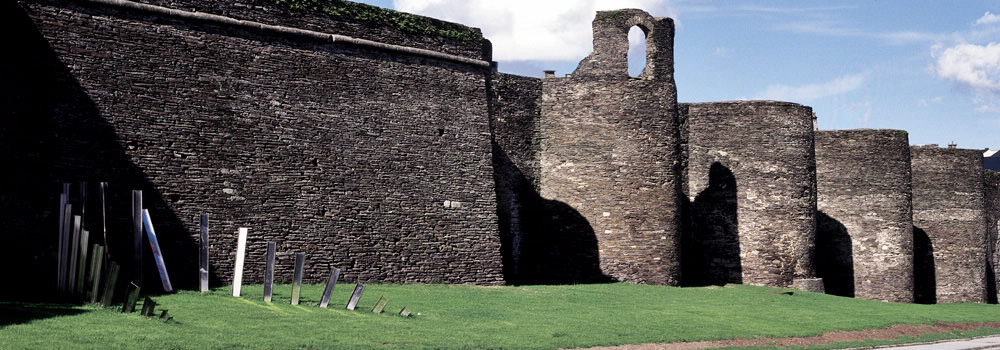
2. City walls of Lugo
The walls of Lugo are the best-preserved example of Roman military fortifications anywhere in the world. Designated a UNESCO World Heritage Site, the walls are an outstanding example of a way of building that exemplifies a variety of significant periods in the history of mankind.
From their Roman origins, through the tumultuous period of the Middle Ages and down to the ground-breaking and revolutionary 19th century, they constitute a unique monument that displays the different facets of the way in which the city of Lugo, in itself a conservation area of major importance, has evolved from the original Roman settlement of Lucus Augusti.

3. Serra da Capelada
Serra da Capelada boasts some of the tallest cliffs in Europe.
Their highest point is Vixía Herbeira, 620 metres above sea level. From this vantage point, you can appreciate the full grandeur and size of these cliffs, second only in height to the sides of the Norwegian fjords, which plunge almost vertically down to the sea, at an angle of over 80º
The views from here are absolutely spectacular: a wonderful panorama of the mighty Atlantic Ocean and the rugged coastline on either side of Santo André are without a doubt some of the best to be found anywhere along the whole of the coast of Europe.
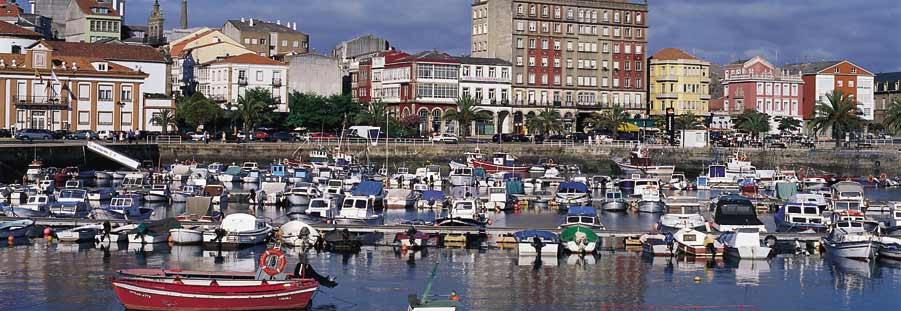
4. The Ferrol of the Age of Enlightenment
Although Ferrol was originally a town with a strong fishing tradition, during the 16th century its port started to become home to the ships of the Spanish Royal Navy. Subsequently, the monarchs Philip V, Ferdinand VI and Charles III were to be the driving force behind the construction of this magnificent complex, making the city the principal military base in Northwest Spain and the largest naval base of its day in Europe. On the inside, which can only be visited with prior permission, you will find the Sala de Armas (Armoury), until recently a training barracks and now residential quarters for Spanish Navy Marines deployed in Ferrol. You can also visit the Museo Naval (Shipbuilding Museum) and the Dique da Campá, one of the largest dry docks in the world. And you mustn’t forget Exponav, a permanent exhibition devoted to the world of shipbuilding.

5. The Tower of Hercules
In A Coruña, we can marvel at the Tower of Hercules, which dates back to Roman times and is the oldest working lighthouse in the world, the reason why it has been declared a UNESCO World Heritage Site. The Farum Brigantium was built by the Roman Empire at some time between the end of the 1st century AD and the beginning of the following one. Located at the entrance to the harbour of A Coruña, this magnificent lighthouse was designed as an aid to navigation along the rugged Galician coast, a strategic point on the sea route linking the Mediterranean to northeast Europe.
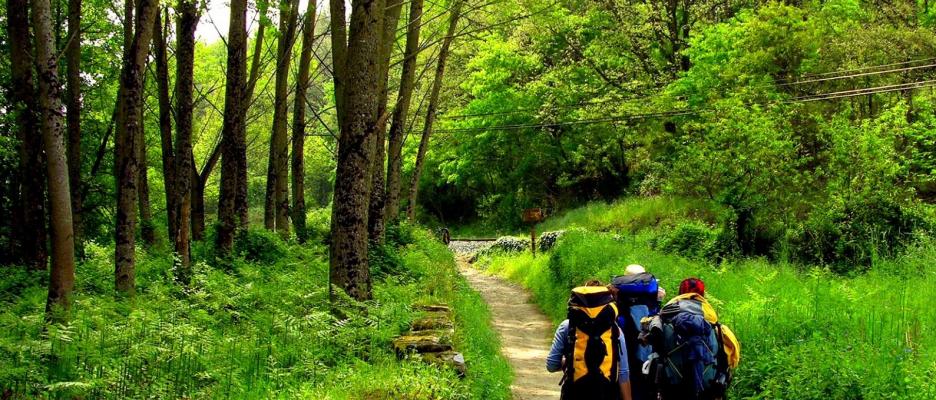
6. The Way of St James
You can’t leave Galicia without having walked at least part of the Way of St James.
The pilgrims’ route to Santiago played a fundamental role in the exchange of cultures between the Iberian Peninsula and the rest of Europe in the Middle Ages. For this reason, the Way of St James was nominated as the First European Cultural Itinerary by the Council of Europe. The so-called French Route, which has the longest tradition and is the best-known outside Spain, has also been declared a UNESCO World Heritage Site. Starting in Roncesvalles (Navarre), it finally reaches Santiago de Compostela some 750 kilometres later. A route, therefore, which links Europe with northern Spain, passing secluded churches, bridges, cathedrals, monasteries and other such places of interest, accompanied by a permanent backcloth of greenery.
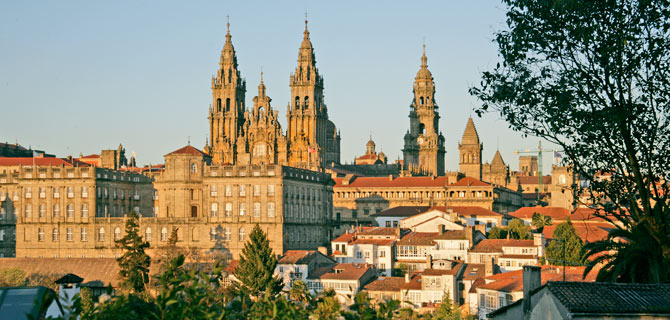
7. Santiago de Compostela
Santiago de Compostela has been the Christian pilgrims’ destination since the 9th century. From as far afield as the Baltic or the North Sea, thousands of pilgrims came on foot to the shrine of St James in Galicia, carrying their symbolic scallop shells along all the roads leading to Santiago, veritable paths of faith. To this we must add the fact that during the Romanesque and Baroque periods the shrine at Santiago de Compostela had a decisive influence on the evolution of architecture not just in Galicia, but throughout the whole of the north of the Iberian Peninsula
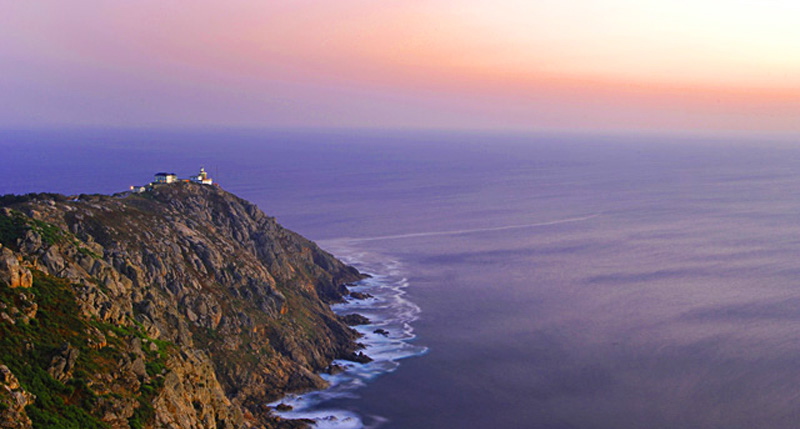
8. Cape Finisterre
Cape Finisterre, the destination of those pilgrims who, after visiting the St James’ tomb, continued their way along the route marked out for them overhead by the Milky Way until they could go no further.
Finisterre was considered during the period of Classical Antiquity to be the end of the known world. In fact, its geographical location and impressive sunsets led Decimus Junius Brutus (the Roman general who conquered Galicia) to believe that this was indeed the place where the sun died at dusk. The area surrounding this headland has been considered a magical place since the earliest times, and legend has it that the Phoenicians set up an altar, the Ara Solis, at which they worshipped the sun. So why not take time to discover this corner of our coast, where the magic of the place will guide your footsteps.

9. The Cíes Islands
The Cíes Islands, one of the archipelagos that together with the islands of Ons, Sálvora and Cortegada make up the Galician Atlantic Islands Maritime-Terrestrial National Park.
Their wealth of plant and animal life, combined with spectacular landscapes, make these islands a major and valuable cultural and environmental asset.
Cíes Islands is nature in its purest state. The boat trip from either Vigo, Cangas or Baiona Baiona, all of which have scheduled catamaran sailings to the archipelago in high season, enables us to admire their imposing presence at the mouth of the Ría de Vigo.
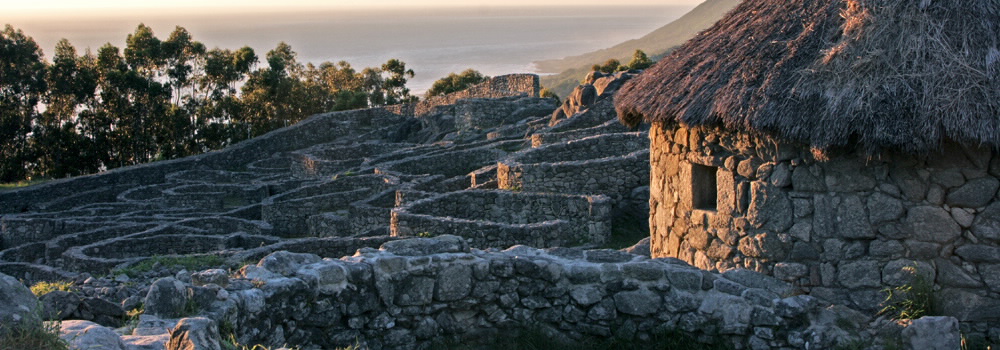
10. Santa Tegra
A Guarda is home to the Celtic hill fort and village of Santa Tegra, from where you’ll be able to enjoy “the best panoramic view of a Celtic hill fort in two countries“. Naturally enough, the views from here are unrivalled: your horizon is bounded only by Galicia, with the fishing town of A Guarda at its head, the mighty Atlantic Ocean and the neighbouring Portuguese coastline.
The view is even more impressive if we travel backwards in time: the inhabitants of this hill fort and village could enjoy it from their very dwellings. However, the site of this settlement wasn’t chosen for its views, but for more mundane reasons such as strategy and security, because from here they could monitor and control the sea traffic and the whole of the mouth of the River Miño.